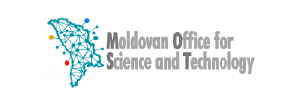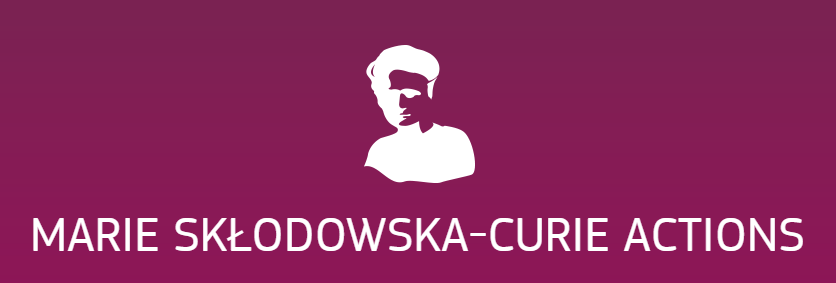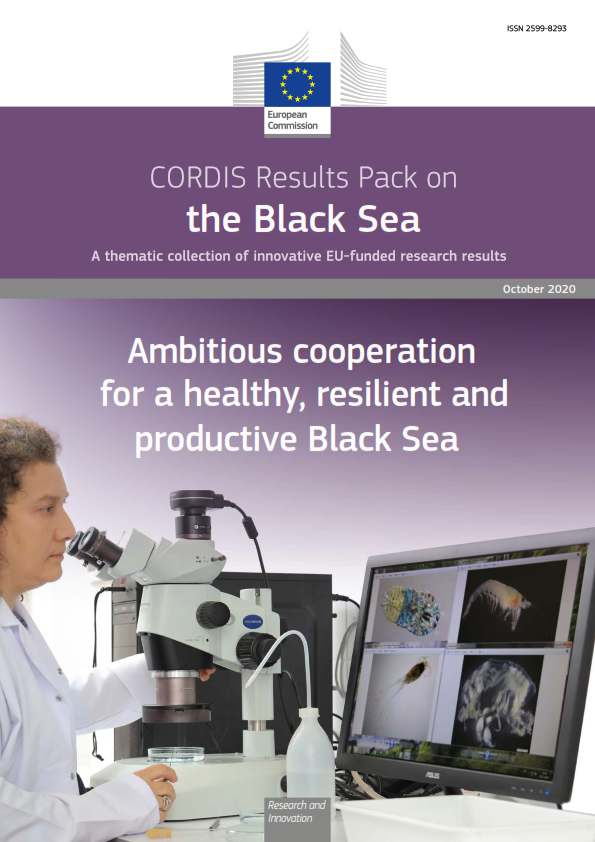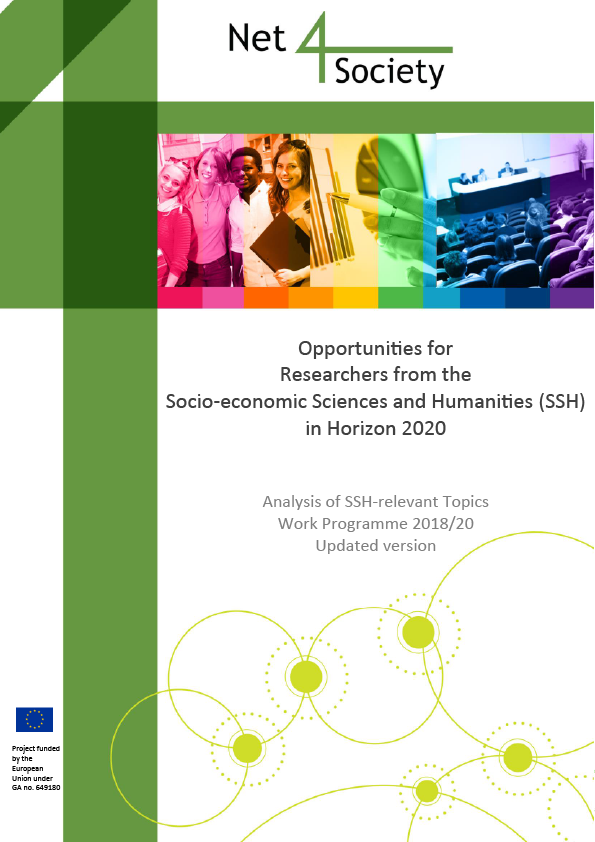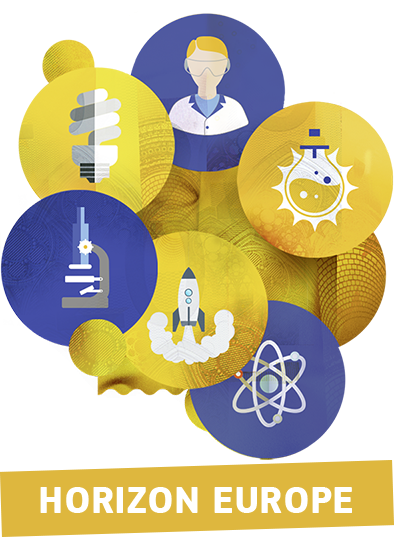The European Commission awarded the first two Horizon Prizes to innovators who delivered breakthrough solutions in "collaborative spectrum sharing" and "breaking the optical transmission barriers". Each of the projects will receive €500.000.
Günther H. Oettinger, European Commissioner for the Digital Economy and Society presented at the Second Global 5G Event in Rome, prizes to innovators who have found ground-breaking ways to help our digital communications networks keep up with a future gigabit society and economy, including 5G.
The €500,000 award for work on collaborative spectrum sharing went to a team led by the Centre for Telecommunications Research of King's College London (UK), whose DISTRIBUTE spectrum sharing solution could improve spectral efficiency by more than 30% in certain cases, like the sub-GHz frequency spectrum.
The €500,000 award for optical transmission went to the PHOTONMAP project led by Department of Photonics Engineering, Technical University of Denmark. Their solution is based around ultra-high capacity fibres, which can transmit information over thousands of kilometres, with significant energy and cost savings compared to state of the art commercial systems.
The Horizon Prizes promote out of the box thinking and entrepreneurship, bringing fresh ideas to complex societal or technological issues. They are a new method of rewarding innovation, as they leave contestants total freedom to come up with the most promising and effective solution, without imposing the means to reach it and are complementing the existing EU grants and other funding tools for innovation. These are the first two Horizon Prizes to be awarded.
Under pressure...
Connectivity is essential for the digital single market and a major pillar of our digital age. There is constant pressure on our communications networks' ability to satisfy right here right now our ever increasing applications and services. Spectrum and optical technologies are key elements of 5G infrastructure and its deployment, as stated in the 5G Action Plan. The action plan was part of the package of telecom measures published by the European Commission in September, which aims at boosting Europe’s digital economy and to meet Europeans' fast-growing connectivity needs. It will support the deployment and take-up of very high capacity networks and reduce the fragmentation of approaches in the single market, through early identification and allocation of frequency spectrum.
Collaborative spectrum sharing prize
The Collaborative spectrum sharing prize was looking for innovative ideas that would enable a significant increase in spectrum sharing and re-use, beyond the currently applicable spectrum sharing methods and centralized techniques. The prize was awarded to the application DISTRIBUTE, for its highly novel approach that “frees-up” the infrastructure and functions supporting spectrum sharing. It also improves spectral efficiency dramatically.
Currently, the applied solutions that maintain central databases of available spectrum for sharing have implications for their accessibility and their requirements: handling traffic and processing load of a large number of devices, the types of spectrum sharing applications they can serve, their reactivity. The solution proposed by the winner of the spectrum prize distributes the database among the communicating devices ( mobile phones, tablets or laptops, and other radios devices) and network nodes. This way, the database can be run on these devices without having to develop a new central database.
For the vital sub-GHz frequency spectrum, this solution could unlock over 40 MHz of unused mobile communications spectrum on average, plus over 100 MHz of unused TV spectrum on average. This implies a spectral efficiency improvement of over 30% for both of these services’ spectrum.
Breaking the optical transmission barriers prize
The Breaking the optical transmission barriers prize was looking for a solution that would maximise the fibre capacity per channel and overcome the current limitations of long distance fibre transmission systems, ultimately finding its way into our future optical networks.
The prize went to PHOTONMAP, for its proposal of building a multi-core fibre optical communication system that will increase both the joint spectral efficiency and the capacity of the optical network. Moreover, due to the low crosstalk, the transmission over several thousands of km is realistically feasible without the need for excessive electronic processing.
The total capacity achieved in a proof-of-principle demonstration is impressive: 768 (gross) / 661 (net) Tbps, meaning more capacity than the state-of-the-art commercial transmission system. Besides, the scalability of the system is plausible.
This proposal also has excellent cost and energy efficiency characteristics, as cost/bit, energy/bit and space/bit can be reduced by a factor of ten or even more!
How the prizes were awarded
The evaluation of the five entries submitted for the Collaborative spectrum sharing competition took place on 3 March 2015 and the independent expert panel was comprised of 4 top-class scientists in the area of Spectrum technologies.
The evaluation of the six applications submitted for the Breaking the optical transmission barriers prize took place on 12 May 2016.It was done by an expert panel composed of five leading experts in the optical field.
In both cases the experts who evaluated the entries came from Europe, Japan and the United States. They assessed each submitted solution against a number of award criteria and sub-criteria, as described in detail in the Rules of Contests. There were no specific rules on how to achieve the solution and the contestants were free to submit any development of a technological solution that met the criteria of the challenges. The feasibility of the approach for each challenge prize had to be demonstrated through clearly convincing experimental results.



